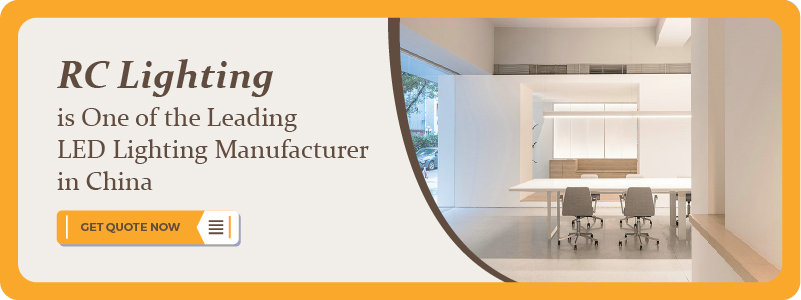In this article, we discuss the most important types of lighting and some common lighting techniques used in every hotel.
What types of Lighting are used in Hotels?
Hotels utilize several lighting styles and techniques to bring the space to life. You can use any of the hundreds of lighting options and mix them up to create a unique and functional design. But at its core, most hotel lighting setups fall into a few simple categories.
Ambient Lighting

Ambient light is the passive background light that evenly illuminates the entire space. Also known as mood lighting or general lighting, it is the basis for every lighting system. The goal of ambient lighting is not to create a bright or well-lit environment. Instead, it is there to counter the darkness.
Ambient light can be created using several different techniques and light fixtures. You can use indirect light from wall-mounted spotlights or direct light from a ceiling-mounted chandelier, to light up a room.
The intensity and brightness of your ambient lighting dictate the atmosphere of the space. Bright lights represent welcoming warm tones, ideal for hotel entrances. While dimmer lights create a cozy and homely feeling, ideal for bedrooms.
Task Lighting
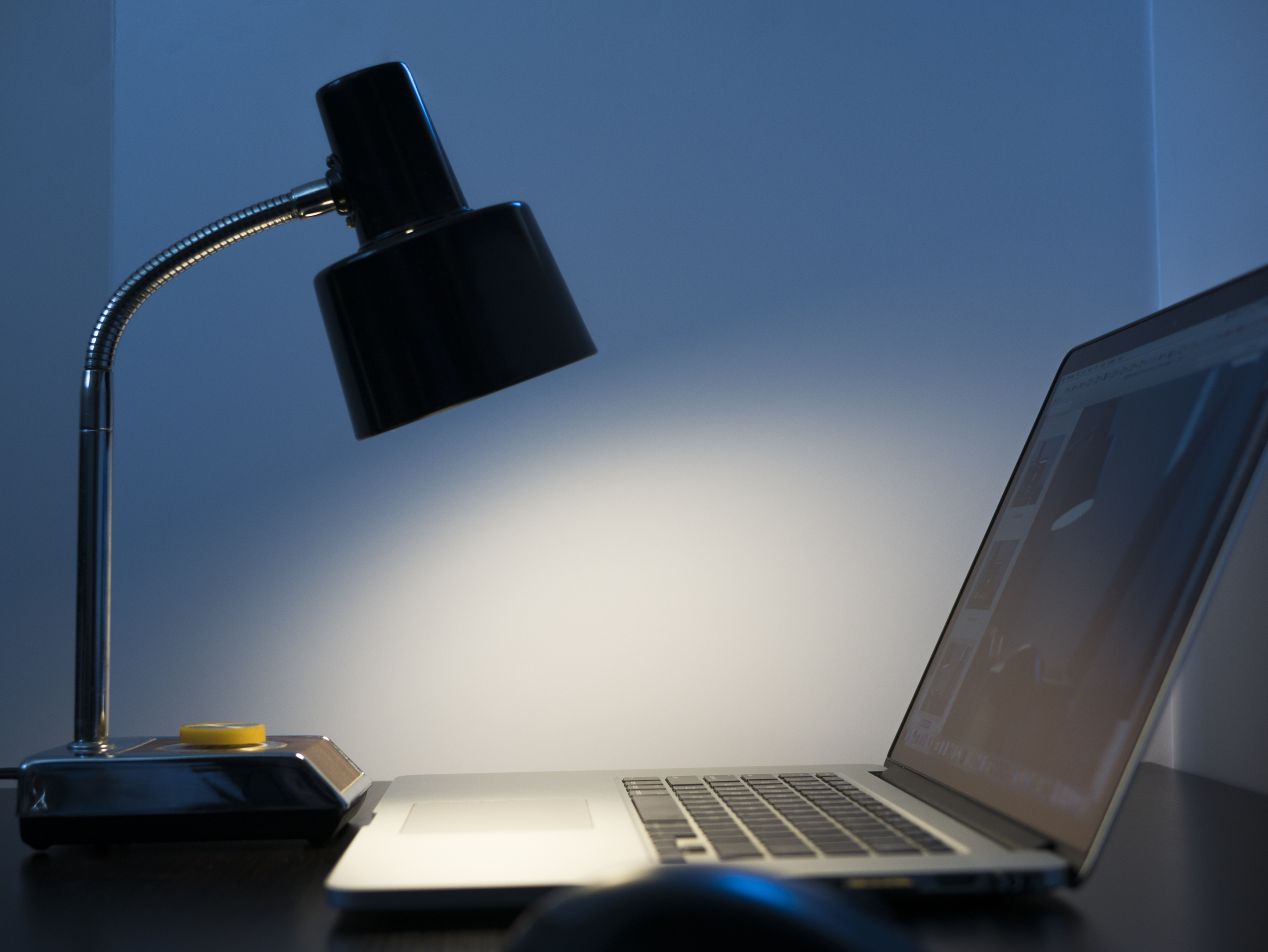
The goal of task lighting is to highlight a specific section or working area and provide better illumination and visibility. While ambient light is used to uniformly illuminate the entire area, task lighting is only deployed in select areas. Thus, you will often see task lighting used in conjunction with ambient lighting to get the best of both worlds.
Desk lamps are the most common type of task lighting, but you don’t need to limit yourself to one type of light fixture. Ceiling-mounted downward lights with narrow beam angles are excellent for large spaces like a hotel reception desk.
Task lighting can also be deployed for bathroom sinks, bedside tables, and kitchen islands. If you have bright ambient lights, then you might not need specific task lights. But brighter ambient lights become irritating after a while and consume a lot more energy. Meanwhile, task lighting is used occasionally and doesn’t interfere with other light sources.
Accent Lighting
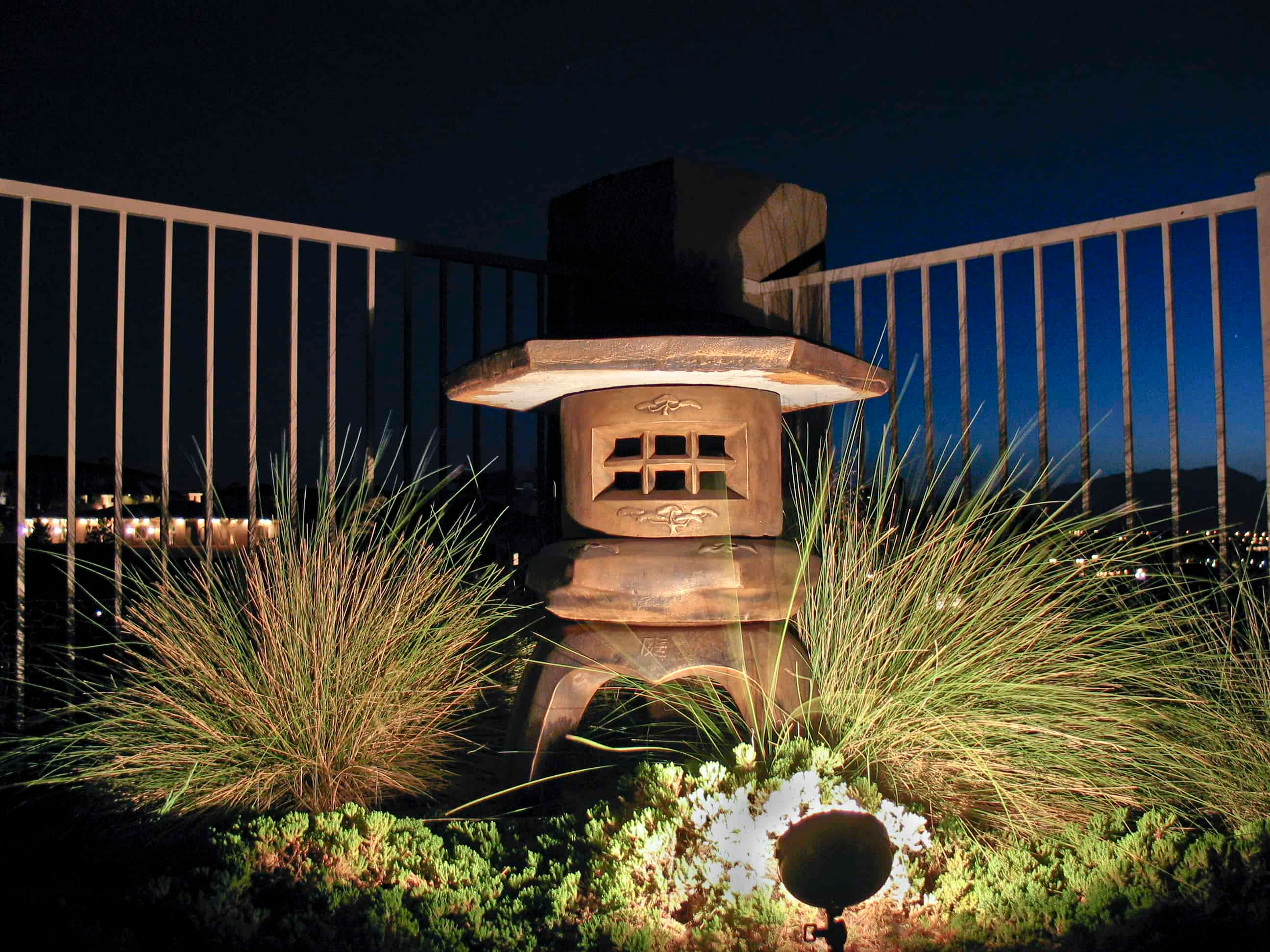
Accent lighting, also known as highlighting is the process of strategically placing lights around an object to emphasize certain features. Here directional lights are used to create a dynamic effect and increase the visual impact of the object.
Accent lights can be deployed in both indoor and outdoor spaces. Outside you will see accent lighting prominently used for statues, fountains, and trees. For indoor use, accent lights are commonly deployed towards artworks and walls.
Perimeter Lighting
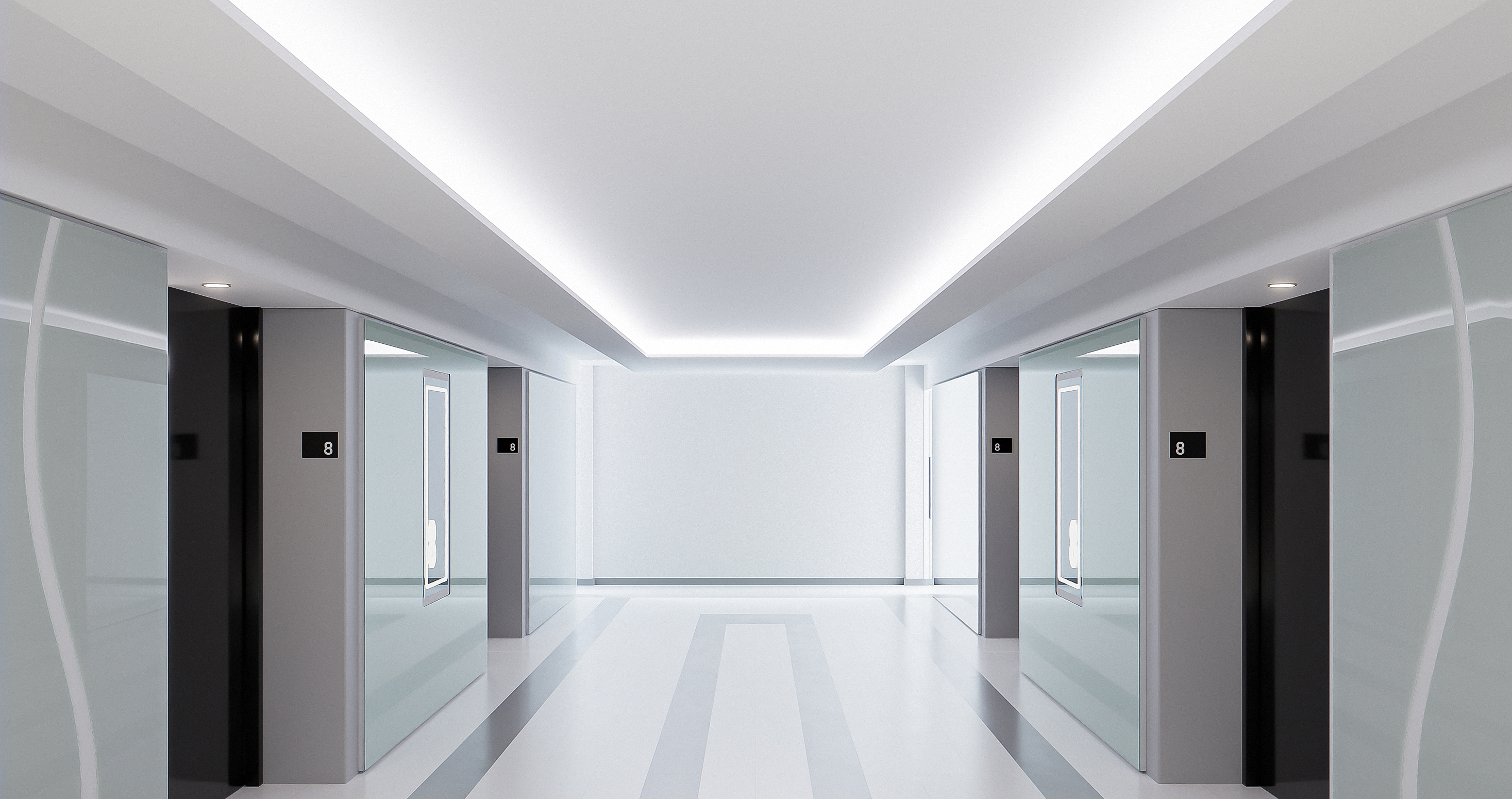
The goal of perimeter lighting is to define the boundaries of a given area. You can use any of the hundreds of light fixtures for your perimeter lighting setup. The primary function here is to outline areas and show clear boundaries between them. So the choice of light bulb or fixture is mostly aesthetic driven.
This lighting style doubles as a security measure for outdoor areas. Bright light fixtures surrounding your hotel are an easy way to deter potential bad actors. In comparison, indoor use of perimeter lighting is more flexible. It can be used to outline the walls of a room for interesting lighting effects or to light up the hallway ceiling partition to show building areas.
Wall Lighting
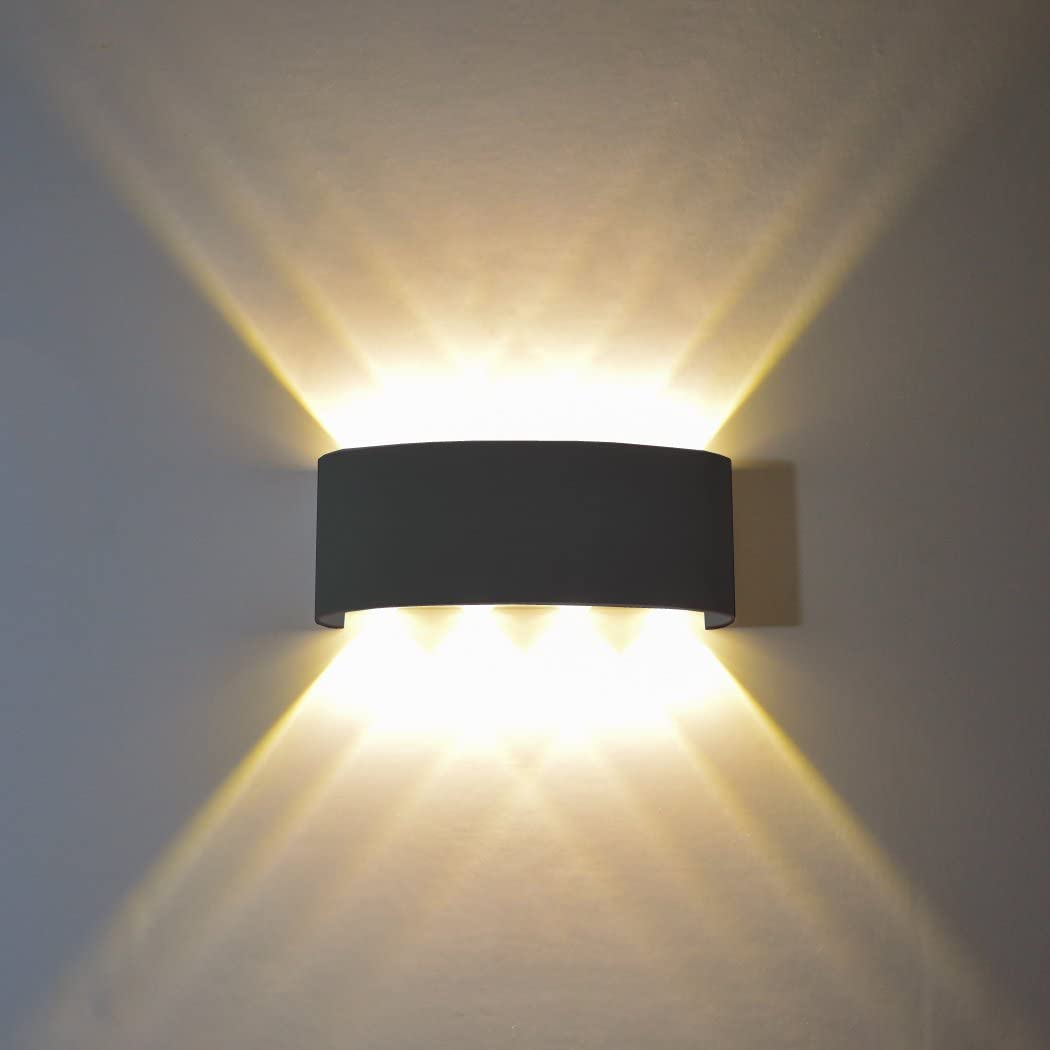
Wall lighting is the art of mounting light fixtures to a wall in an aesthetically pleasing way. It is another flexible lighting system where the choice of light bulb is mostly irrelevant to the effectiveness of the process.
The most common type of wall lighting is wall sconces. These are small-sized light bulbs covered by a stylish fixture, often used for ambient lighting. Wall sconces are a great excuse to mount decoration pieces inside your house. Wall lighting fixtures are typically limited to accent lighting, but with enough fixtures, you can use them for ambient lighting as well.
Suspension Lighting
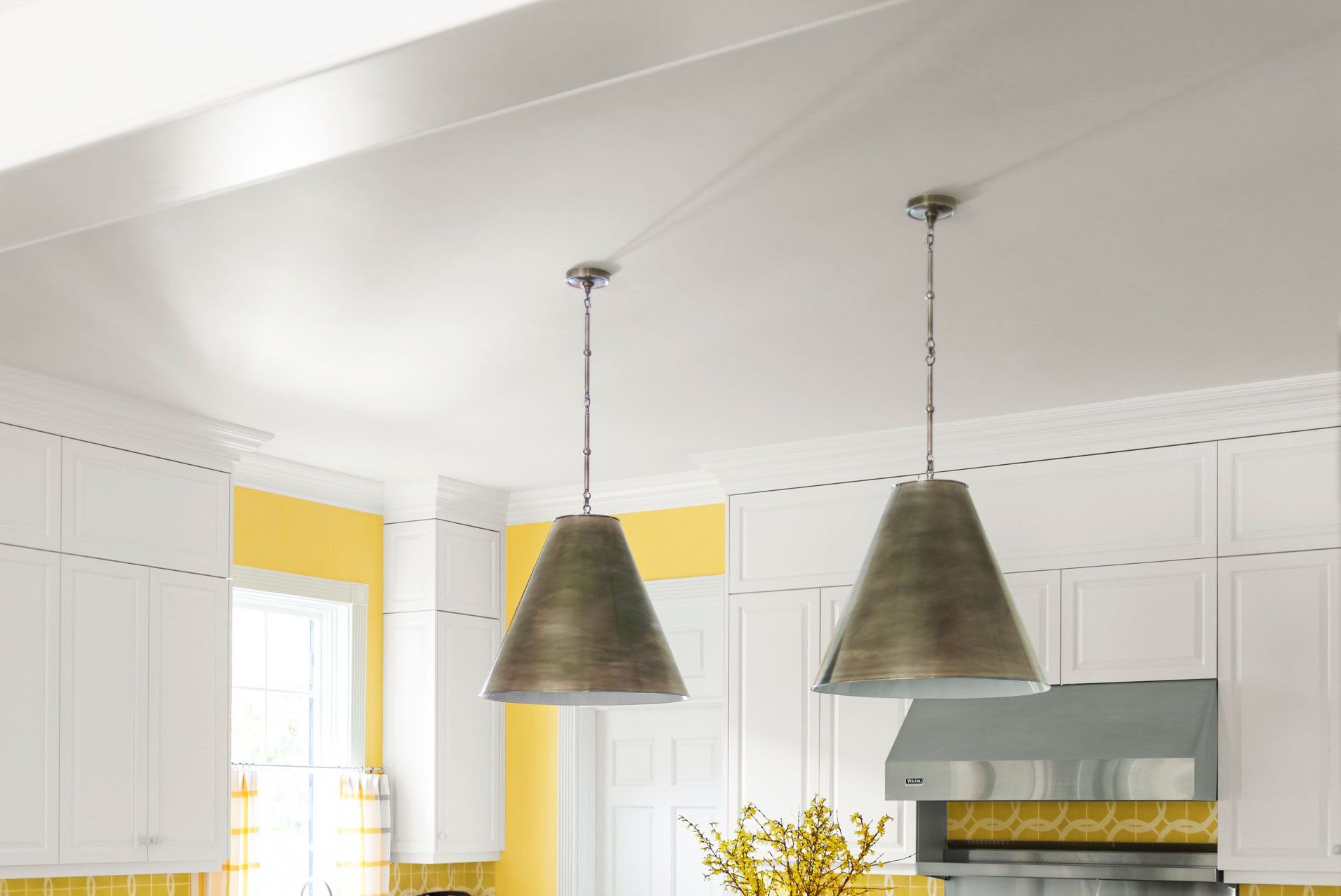
Suspension lighting is an overhead lighting style that uses ceiling-mounted fixtures hanging from sturdy cables. It is particularly suited to high-ceiling rooms and encompasses many fixtures. Suspension lights are often suspended from thin, barely visible cables to give the illusion of floating light fixtures.
Pendant lights are the most popular example of the suspension lighting style. They are unique, customizable light fixtures that can match almost every environment. Their flexibility and versatility allow them to be deployed in homes, restaurants, hotels, etc. Pendant lighting is particularly suited to task lighting for dining areas.
Other suspended light fixtures include track lighting, chandeliers, and light bars. Hotel owners use these light fixtures to differentiate themselves from competing hotels. Soft light from pendants hanging over a dining area helps elevate the mood and atmosphere of a night out.
Chandeliers
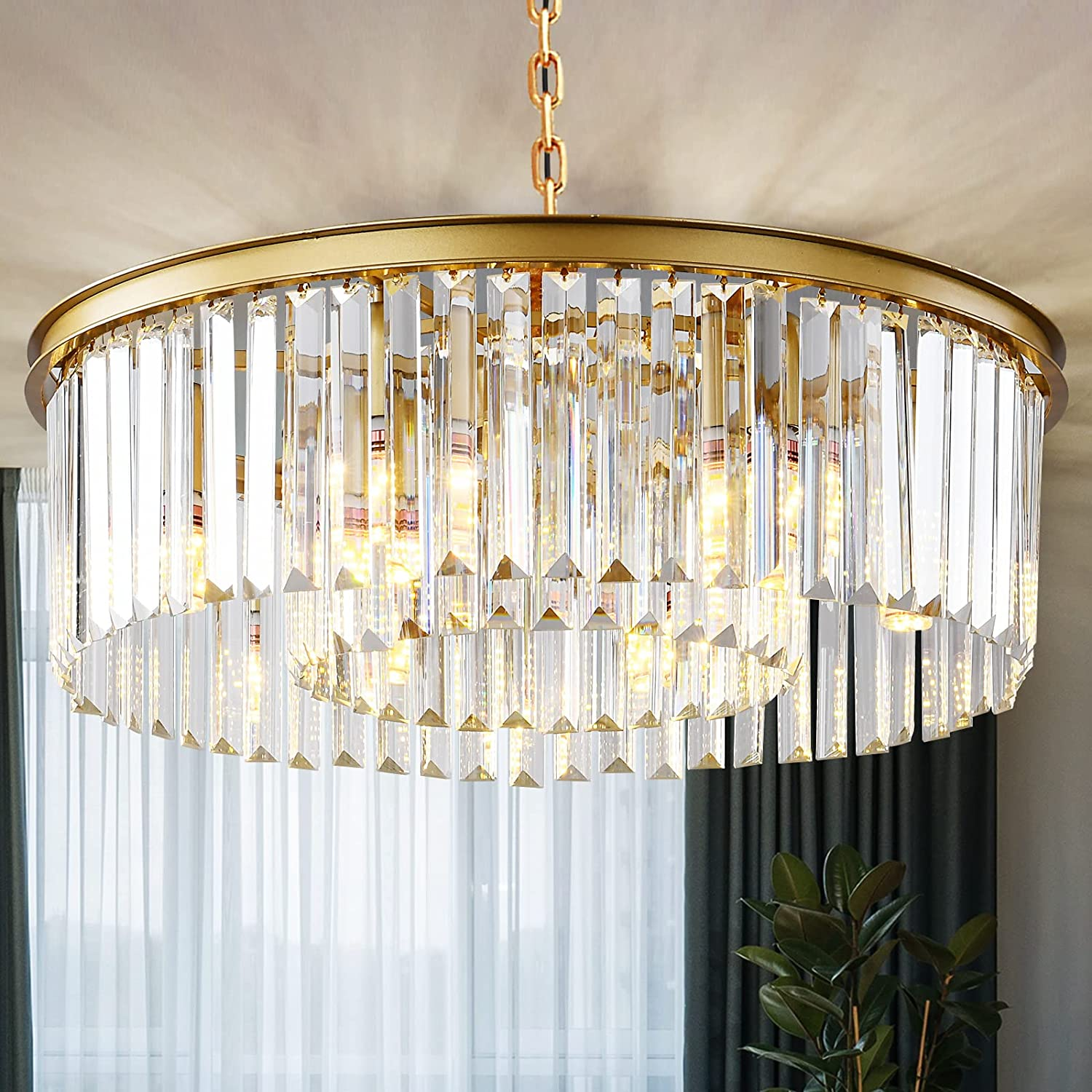
Chandeliers are the epitome of luxury and opulence, which screams rich and premium. So, it should be no surprise that hotels have a long history of using large bombastic chandeliers for their lobby lighting design.
Chandeliers are one of the first things you will notice when entering a hotel lobby, so they must leave a good impression on customers. Some hotels have chandeliers larger than an entire room, massive and intricate designs of glass and light.
Although chandeliers are often the centerpiece of large open spaces, they are also compatible with interior room lighting setups. Luxury suites in hotels often utilize chandeliers as a shorthand for premium and special.
Floor Lamps
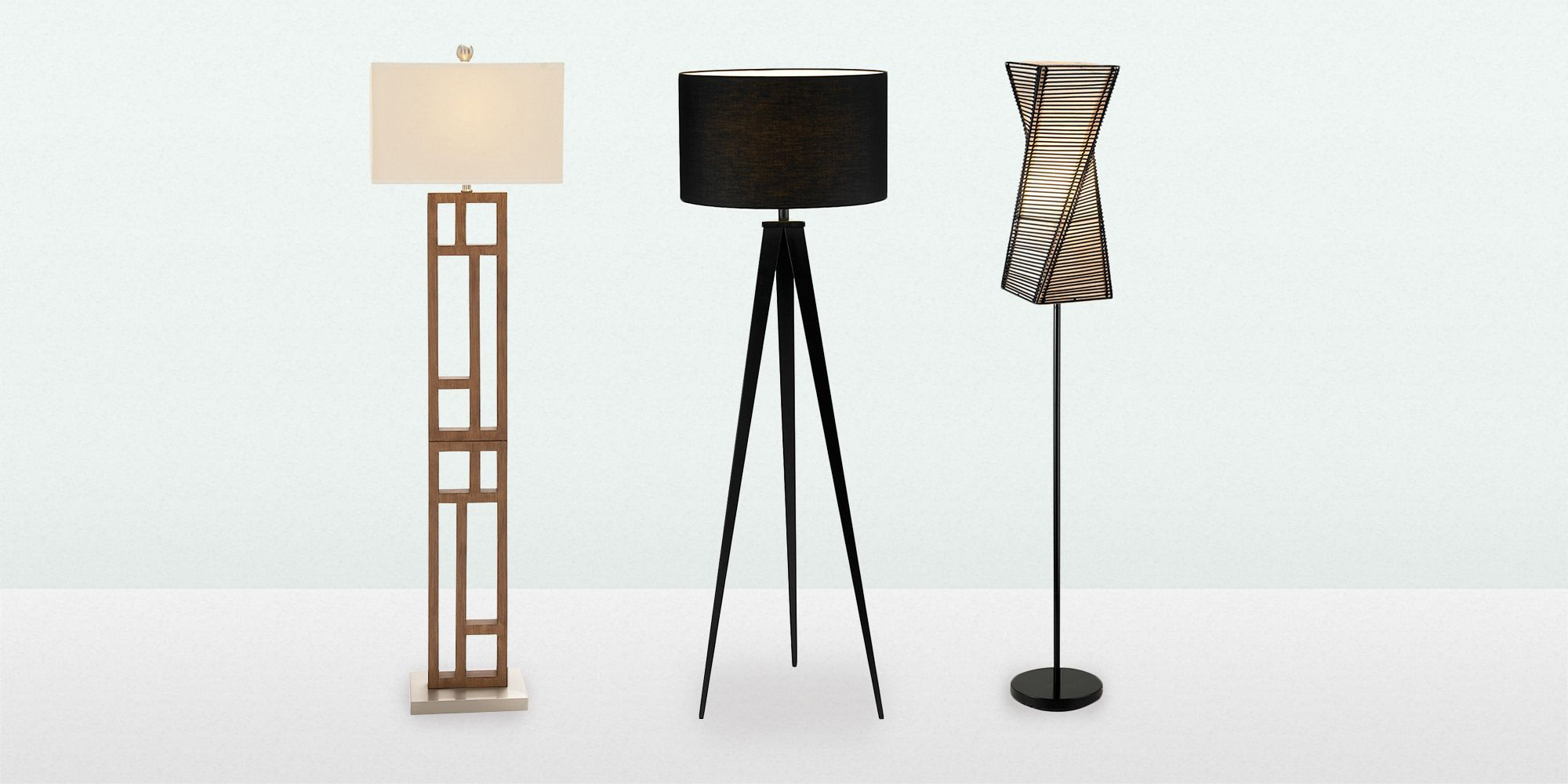
Floor lamps are a fantastic means of adding visual intrigue to your hotel space. These lamps use flexible designs that can accommodate several light bulb types and varying brightness. You can use them to accent your walls or highlight nearby objects. Properly placed floor lamps can even be used for task lighting.
But the biggest benefit of using large lamps comes in the form of floor coverage. A hotel lobby can look vacant and dull even with several pieces of furniture. Lamps can act as a light source while adding a stylish fixture to your lobby.
Instead of treating these lamps like light fixtures, you should treat them as glowing art pieces. Something that fits into your hotel’s aesthetic and design and complements the surroundings. Place some fancy lamps on the sides of your reception desk, something that matches the hardwood desk.
Recessed Lighting
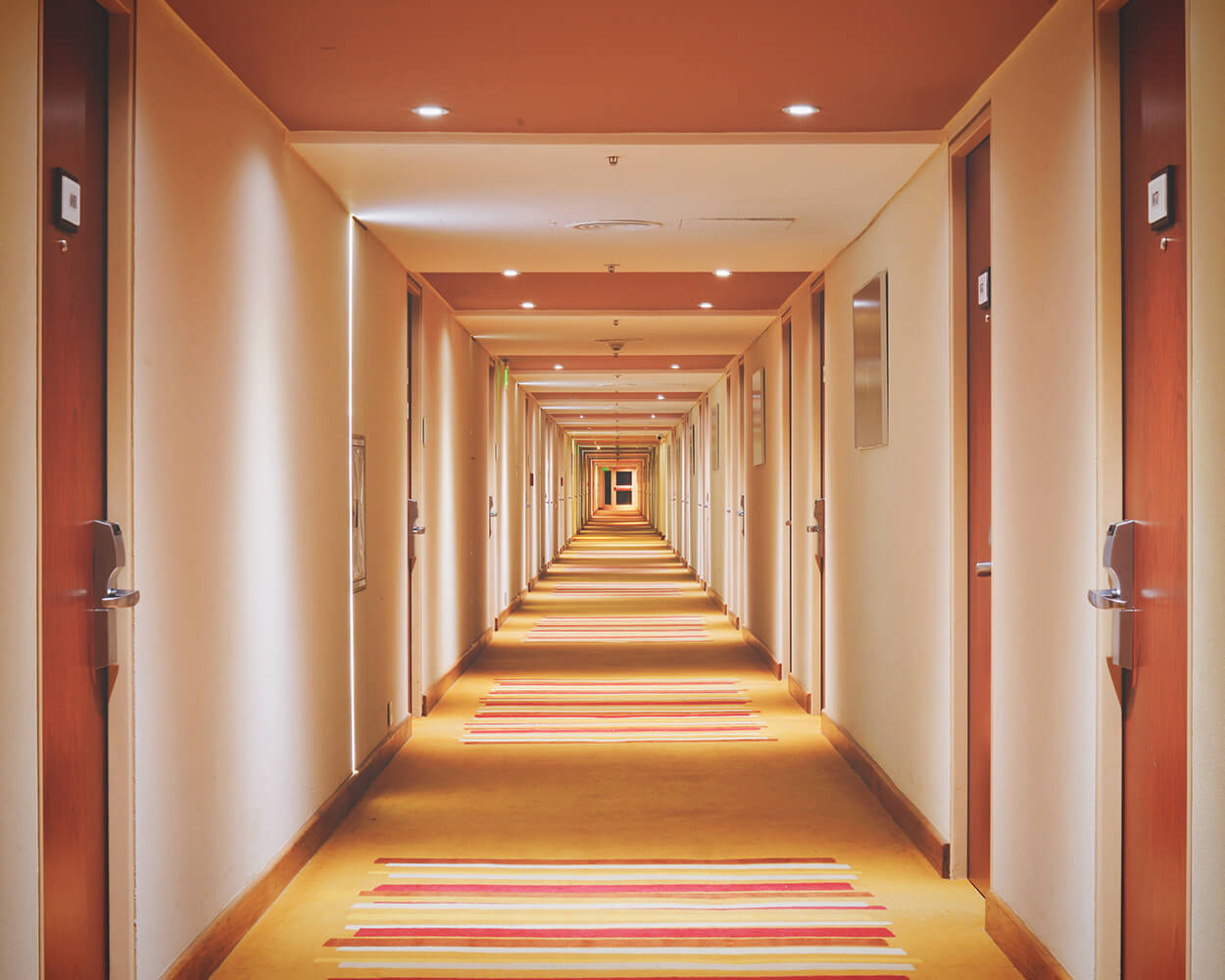
Recessed lights are installed inside ceiling cavities to hide the fixture body. Light fixtures can often interfere with the design and aesthetics of a given space, so sometimes, the lighting design needs to take a backseat to the interior design.
Large black light fixtures will clash with the theme and design of your hotel. In such cases, recessed lighting is an excellent option that provides decent illumination without being too noticeable. Lobby lighting often uses recessed lights for ambient lighting.
Ceilings are an important part of hotel design that often gets neglected. Don’t ruin that beautiful paint job on your ceiling with an ugly light fixture. Use something that complements your polished marble floors and clean white ceilings. Recessed ceiling fixtures are usually the best lighting solution for hallways, lobbies, bedrooms, and bathrooms.
Decorative Lighting

Decorative lighting is an all-encompassing term that includes several lighting styles. The goal is to decorate your hotel room using light fixtures. Treat each light bulb like a piece of art or furniture and strategically place them around the room.
Chandeliers qualify as decorative lighting, but they are so unique that we consider them a separate category. Instead, we want to point out lesser-known decorative lighting styles, such as LED light curtains. Light curtains are a vertical lighting style in which columns of fairy lights are used as a veil of light.
However, if light curtains are not your cup of tea, choose from several other fun lighting styles. String, cable, and chain lighting are great options for outdoor decorative lighting design. Areas like hotel pools, sitting areas, and bars are excellent canvases for unleashing your decorative lighting ideas.
For interior lighting design, table lamps are a simple and versatile decoration. They take up very little space, but their presence is evident in a well-designed room. These lamps have very low energy consumption and are often used as soft lights for your reading area.
5 Hotel Lighting Techniques
Hotels utilize more than some basic lighting styles to illuminate their rooms. Standing out from the competition requires a certain level of skill and technique. Major hotels around the world have spent a lot of time and effort researching the optimal lighting conditions for any given area.
Here are five important lighting techniques you need to consider for your hotel.
Natural Light
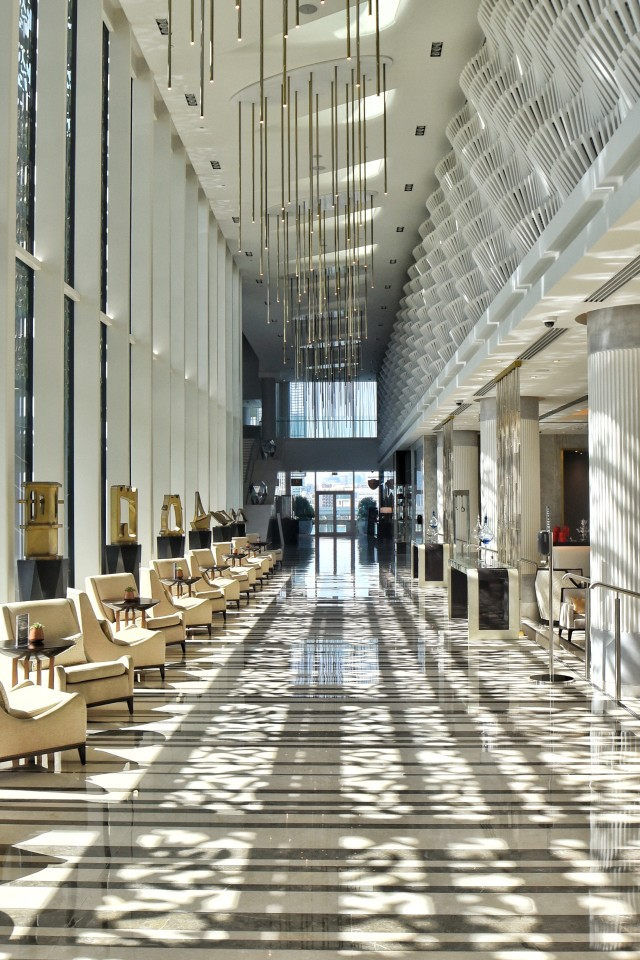
Nothing beats the warm illumination of direct sunlight. Natural light is a simple and easy way to enhance the look and atmosphere of your hotel. Artificial light has come a long way but a LED light bulb could never compete with the natural feel of sunlight.
Adding natural light to your hotel is as simple as adding a few windows. But this process is easier said than done. Windows take up a lot of space and interfere with most hotel layouts. A large space like a hotel lobby is particularly difficult to light using sunlight. Natural sunlight is an energy-saving method and a functional lighting style. However, implementing it into a hotel design is quite challenging.
But even if you manage to use natural sunlight in your hotel lighting project, the struggle does not end there. You still need to put in some energetic decorative lighting to replace the sunlight at night.
Natural light is by far the most useful lighting style for a given hotel. Most hotel rooms have a window that customers can use for interior lighting instead of an artificial light bulb. Natural sunlight does wonders for your customers’ moods and health, but it is not simple and requires a lot of planning and effort to properly utilize.
Dining Area Lighting
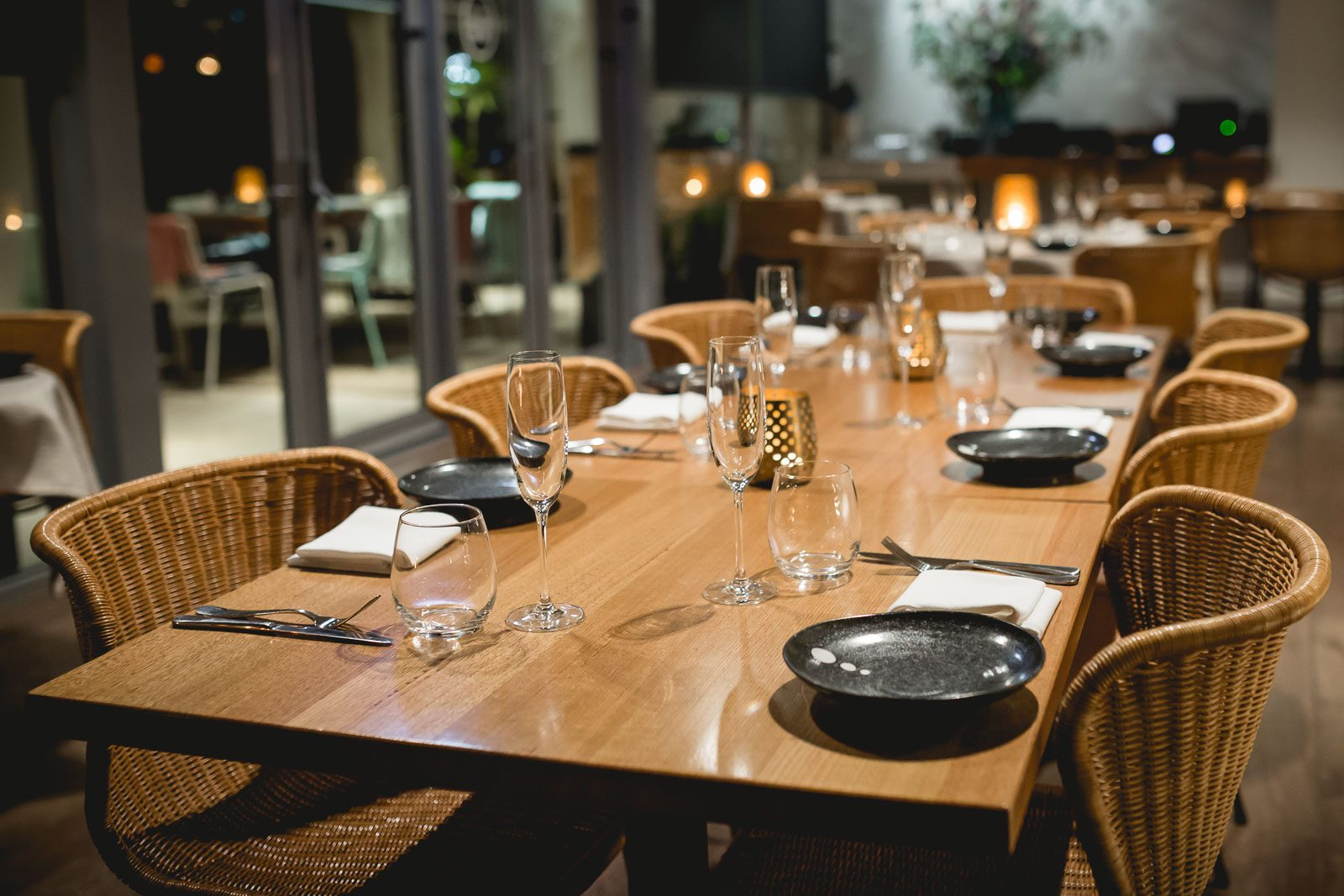
Dining lighting is simpler than sunlight windows. The quick and short explanation is to use warm light tones with medium—to low-brightness light fixtures. Cool light hues are better for work environments where you need to increase focus and productivity, but a warm light hue represents a cozy warmth that helps you relax.
Restaurants have been using this technique for ages. Warm soft light is unquestionably the way to go for any sort of dining area.
Bathroom Lighting
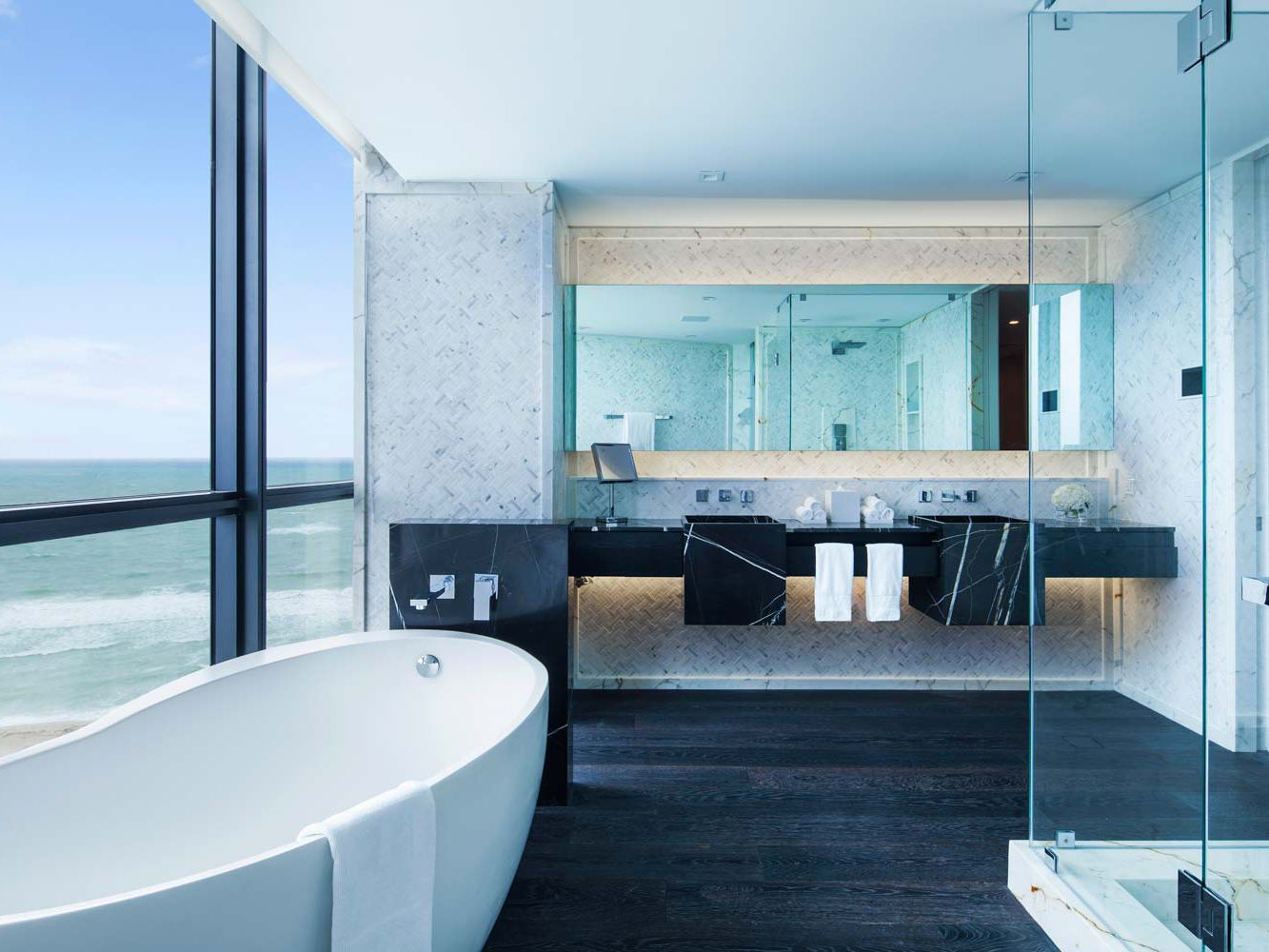
Bathroom mirrors have become an important part of our daily routine. We use them to get ready in the morning and occasionally use them to see if our hairstyle needs a little touch-up. But these mirrors are nothing without proper lighting.
The lighting design for bathrooms is slightly different from general lighting styles. Here you want to avoid directional light and anything that can result in glares. The best placement for light bulbs in a bathroom is just above the mirror. That way, the subject is directly lit from the front.
Bedroom Lighting
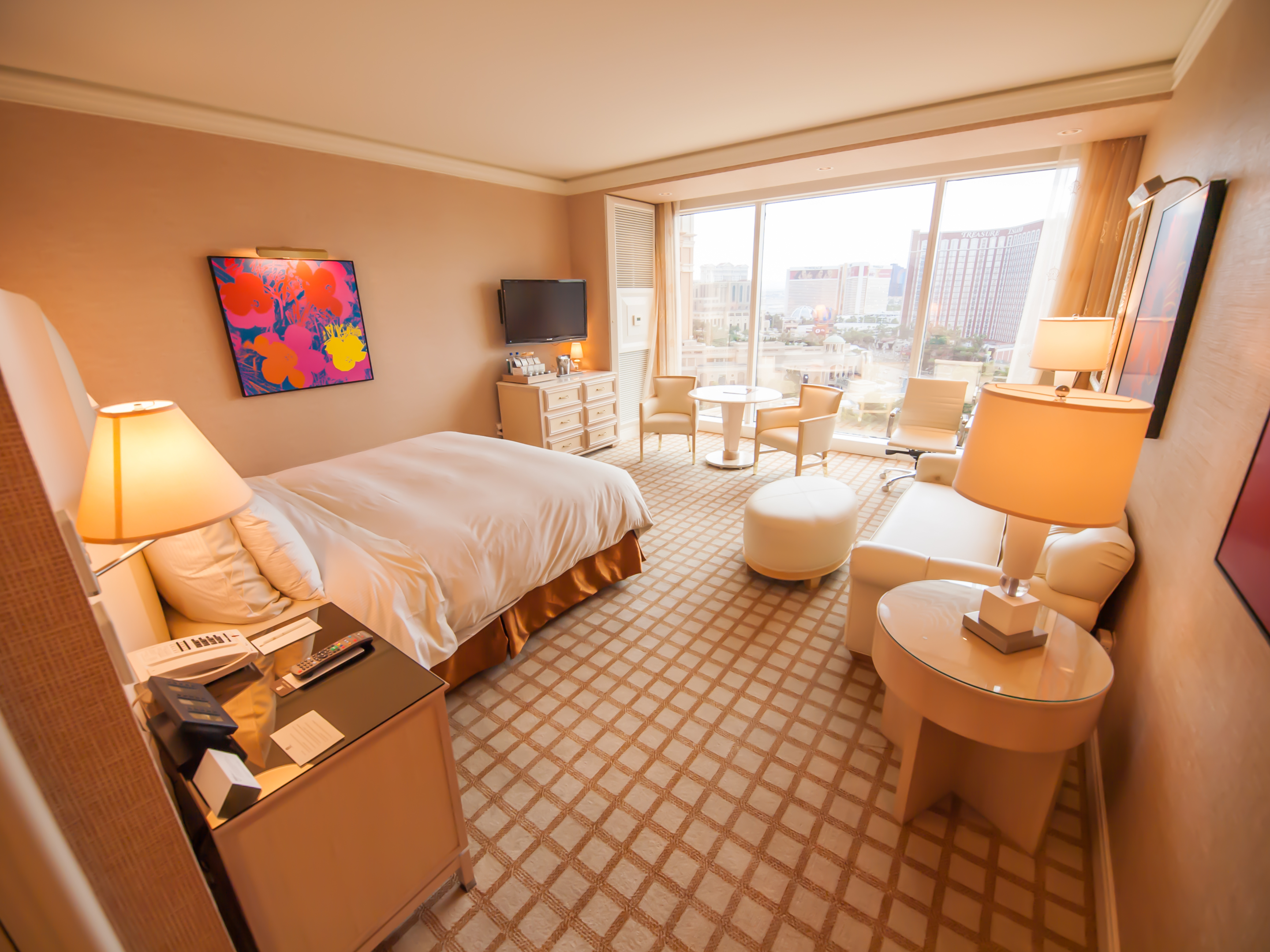
Bedrooms need soft, medium, and bright lighting styles that invoke a feeling of comfort. You can use standard light bulbs with a warm hue and light fixtures that fit the room’s aesthetic.
Dimmable LED lights are an excellent option for hotel rooms. This gives customers complete light control over the room and lets them define their preferred brightness for daytime and night.
Common Space Lighting
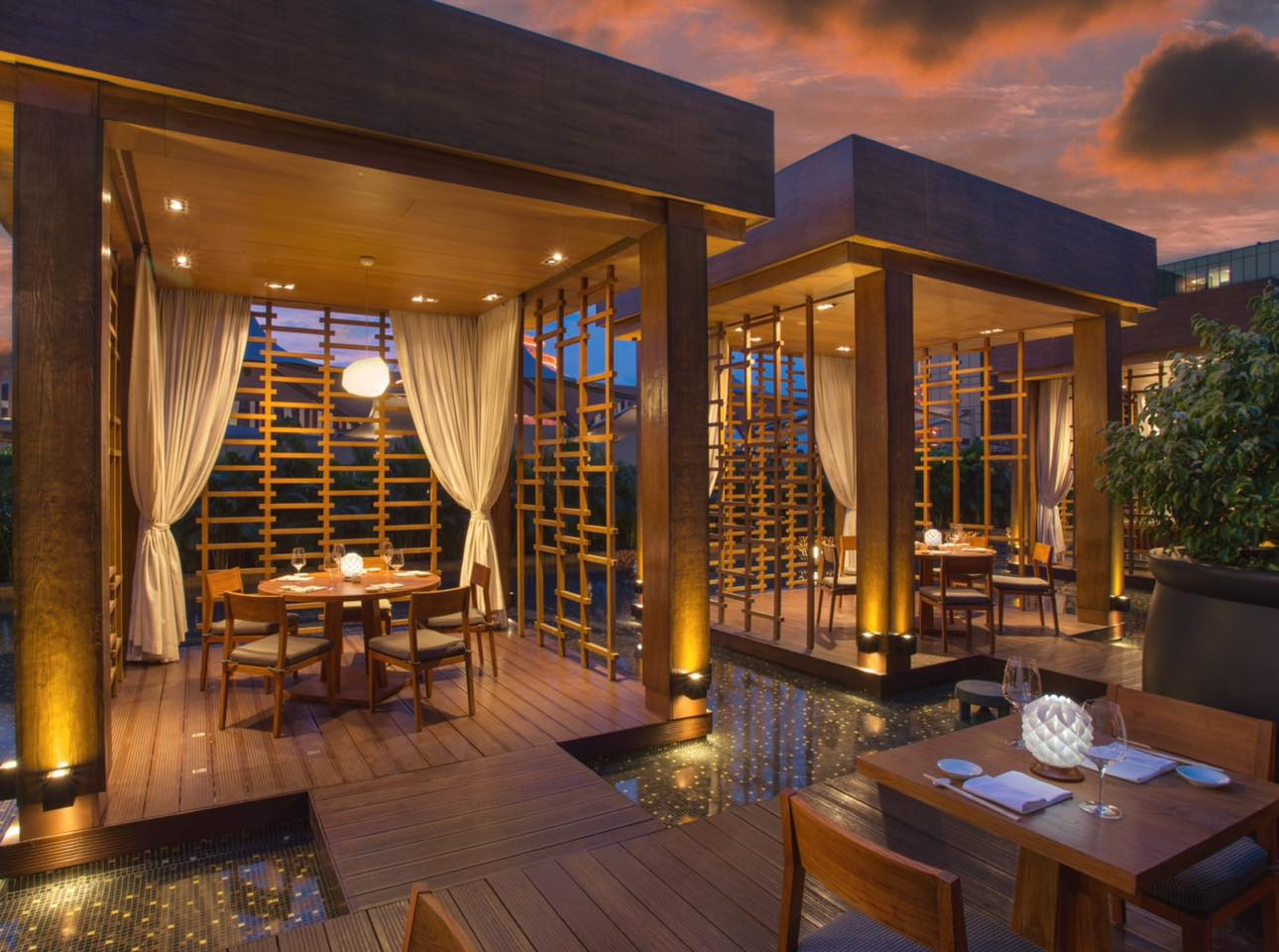
Common areas of the hotel include the hotel lobby, dining area outdoor sitting area, and pool sides. These areas all require different lighting styles during the day. But for nighttime, they all benefit from soft ambient lighting.
Conclusion
We hope this article has helped you understand the many lighting styles and techniques required to illuminate a hotel. The lighting styles will change drastically from the lobby to the bedrooms, ensuring a smooth transition from one section to the other.
Double-check the placement of each light fixture to prevent design clashes. Light fixtures should complete the theme and style of your hotel. This article is a general guide. Feel free to modify these lighting techniques to suit your hotel better.
Why Choose RC Lighting for Your Hotels?
RC Lighting is a premier manufacturer and supplier of high-quality LED lighting solutions. We work with several well-known brands to deliver lighting fixtures on time and under budget. Some of our popular products include Recessed Downlights, Ceiling Spotlights, Track Lighting, and Panel Lighting.
Don’t miss out on our excellent products with a 5-year warranty and Contact us Now!
